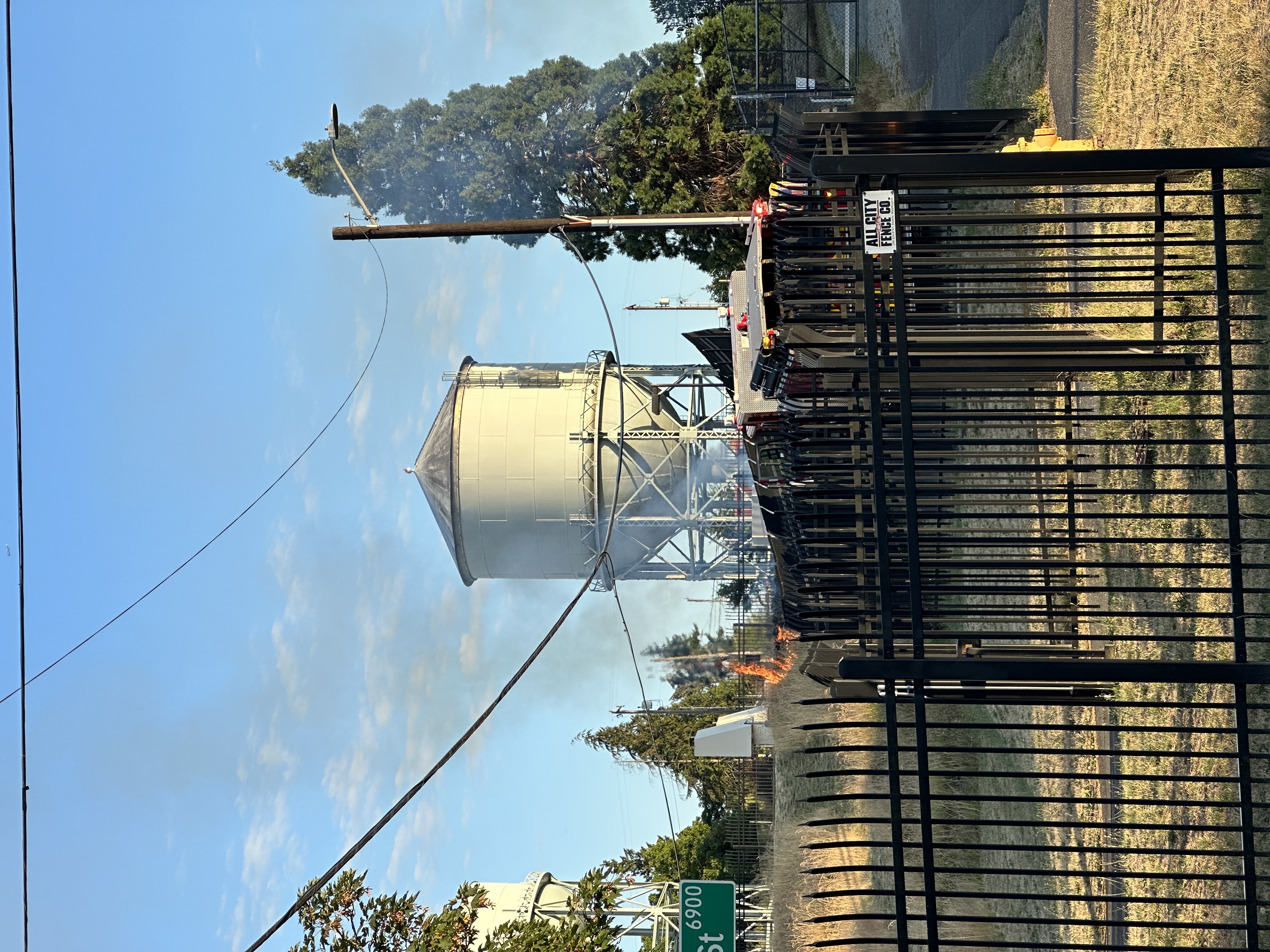Two Metro notes:
NEW RIDERSHIP LIMITS: In the comment discussion following our coverage of last night’s West Seattle Bridge town-hall meeting, readers pointed out citywide-media reports about new temporary limits on Metro buses. Sorry we missed this – turns out it was announced in this Metro blog post last night, including this graphic:
If you are currently riding Metro, read the post for all the details. Meantime – this part of the restrictions has drawn some concerns: “The optimal number of passengers in the ADA priority seating area is one, which will be counted as part of the total number. However, if the ADA seating area is empty, a customer needing that space will be allowed to board.” Metro also says, “Customers with disabilities whose essential travel needs are not being met during Reduced Schedule can also use Metro’s Access Paratransit service—even if the customer is not a certified user and would not normally be eligible. Contact the Access Transportation Call Center at 206-205-5000 for assistance.” The post includes reminders that Metro is currently running on a (very) reduced schedule; you can check the canceled-trips list here.
WSTC TONIGHT: Got a question about that or about Metro’s role in getting people on and off the peninsula now that the West Seattle Bridge is closed? Participate in tonight’s West Seattle Transportation Coalition meeting, 6:30 pm online, with Metro and SDOT reps – access info is in the preview we published Wednesday.



| 49 COMMENTS